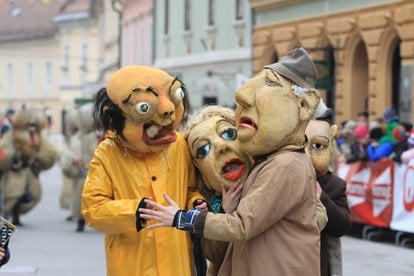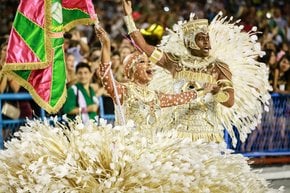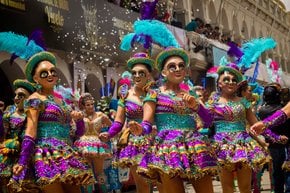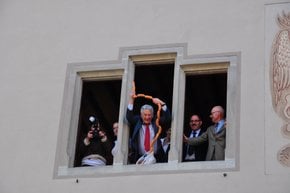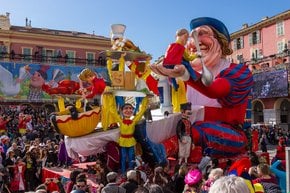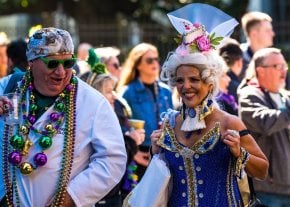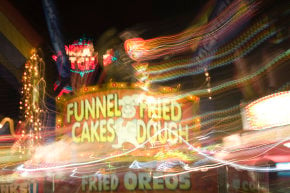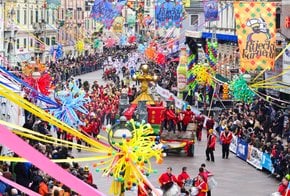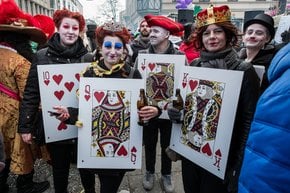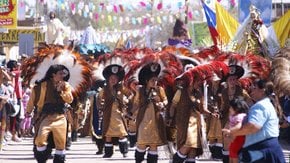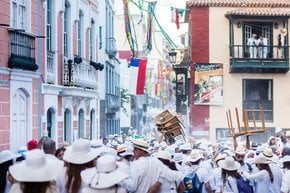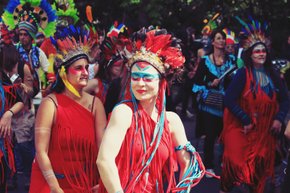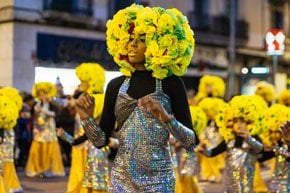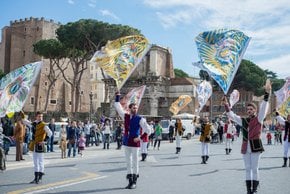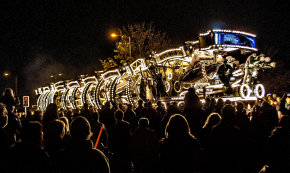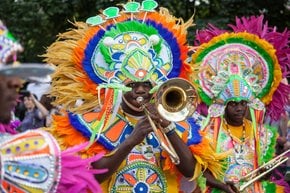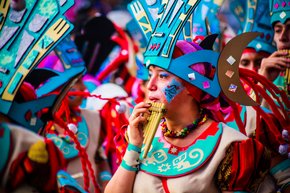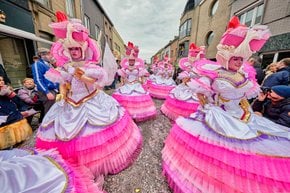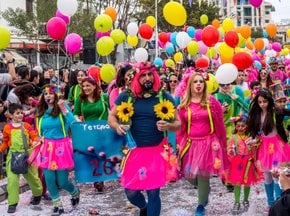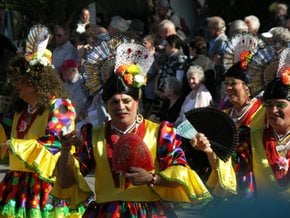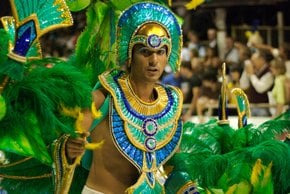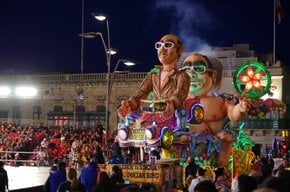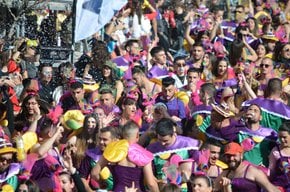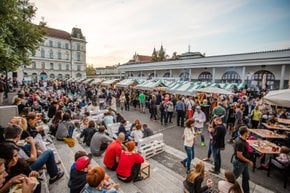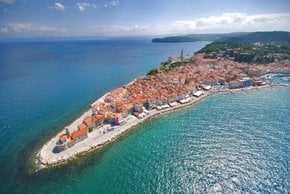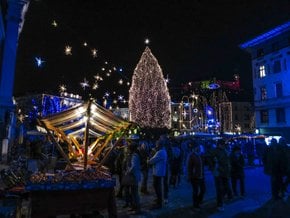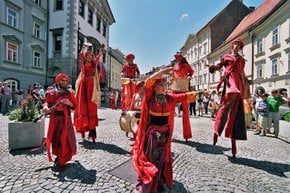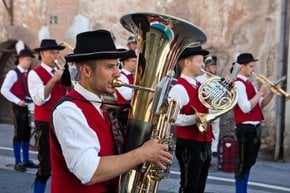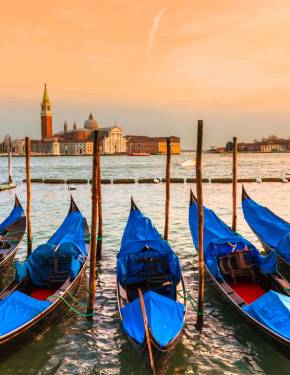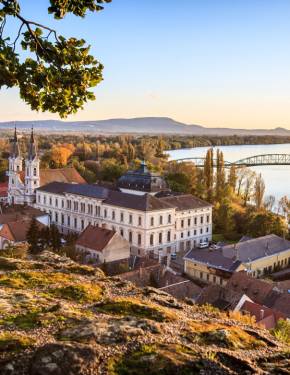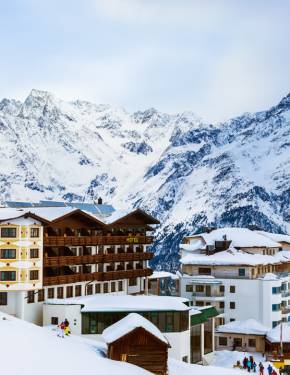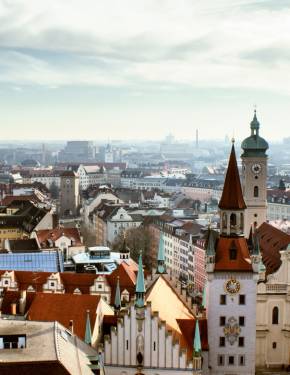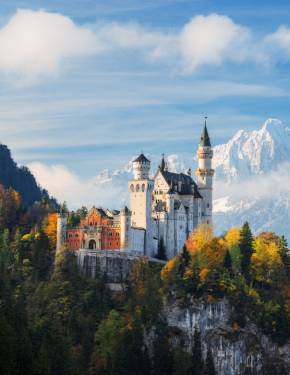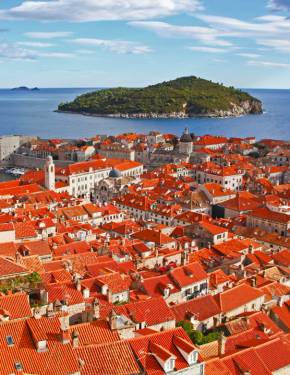Kurentovanje Carnival in Ptuj 2025, Slovenia
Drive away winter along with mystical Kurants and festive-goers at the Kurentovanje carnival
Dates: February 22–March 4, 2025
Kurentovanje Carnival in Ptuj is a ten-day event that reaches its peak on Shrove Tuesday. Rooted in an ancient Slavic pagan ritual, the festival is designed to banish winter and usher in spring. As Slovenia’s largest carnival, it features a variety of folk and carnival parades, where visitors can encounter both traditional and modern carnival characters. The celebration also includes masquerades, concerts, and more. Throughout the festival, there are numerous processions, masked dances, ethnographic character displays, and exhibitions alongside events like Artfest, Etnofest, and Karnevalfest.
Kurent's Jump (February 2, 2025)
The Kurent, a key figure in the Kurentovanje Carnival in Ptuj, is considered the Slovenian pagan god of pleasure and hedonism. This character is easily identified by its distinctive sheepskin attire and wooden sticks adorned with hedgehog skins. The carnival kicks off at midnight with the "Kurents' Jump" event, where the Kurents, wearing bells, roam the streets of Ptuj to chase away winter and evil symbolically. The ritual involves the Kurents gathering around the firelight, ringing their bells, and performing a symbolic act of driving winter away from the city, ushering in the spring season.
Main Events
The Kurentovanje Carnival in Ptuj kicks off with the Opening Ethno Parade, where a variety of traditional characters like Kurents, gypsies, log-haulers, rusas, fairies, spearmen, and mischievous bears fill the streets. The parade is a vibrant display of cultural heritage, setting the tone for the festivities. Other key events include the Night Spectacle, a captivating fire and music show where the streets are transformed with light and darkness. The City Carnival Promenade follows, where both locals and visitors don masks and join the lively procession, continuing a tradition that dates back to the 19th century.
The International Carnival Parade brings together thousands of participants in colorful costumes, telling stories through their attire. The culmination of Kurentovanje takes place on Shrove Tuesday with the "Burial of the Carnival," a celebration marked by numerous parties throughout Ptuj, starting at noon and lasting into the early hours. Ptuj’s town center offers a chance to experience the traditions up close, especially in the evenings, when the city becomes a hub of festivities, showcasing Slovenian traditions in an entertaining and family-friendly environment.
Food
For those attending the carnival, the local food scene provides a memorable experience with top treats like Kurent’s plate, which includes roast pork, blood sausage (pechenica), roasted potatoes, and cabbage, homemade donuts, Mice (a sweet delicacy), Carnival Flancati (a traditional pastry), and currant soup, each adding to the festive atmosphere of the event. These delicious specialties are a must-try for anyone visiting Ptuj during this time.
Ptuj: What to See
Kurentovanje is the most prominent attraction in Ptuj, turning the city into an open-air ethnographic museum celebrating intangible cultural heritage. The central figure of the carnival, the Kurent, is featured in the "Kurent's House," where visitors can interact with exhibits using the latest technology to learn about the rituals and traditions surrounding this figure. Ptuj Castle, standing above the city, offers breathtaking views of the town and its iconic brick roofs. Visitors can also explore the Ptuj-Ormož Provincial Museum, which showcases a fascinating collection of traditional carnival masks, offering insight into the region's rich history.
Origins of Kurentovanje
The Kurentovanje Carnival in Ptuj, Slovenia, attracts over 10,000 visitors annually and is recognized by UNESCO as part of the Intangible Cultural Heritage of Humanity. Held in the country's oldest city, the festival dates back to AD 69.

